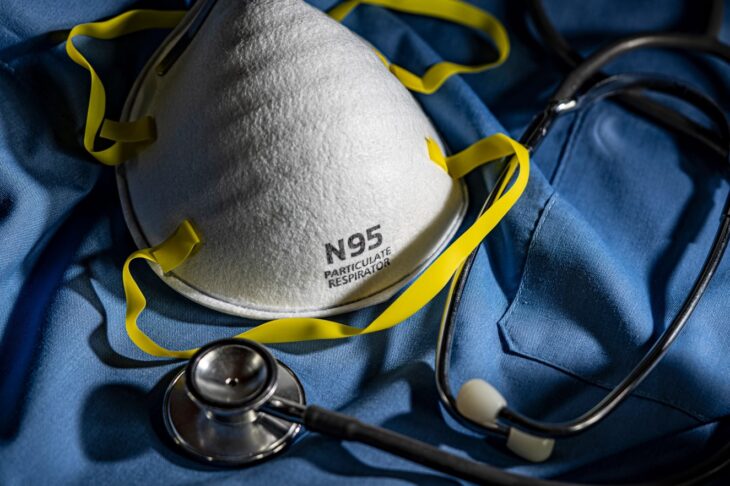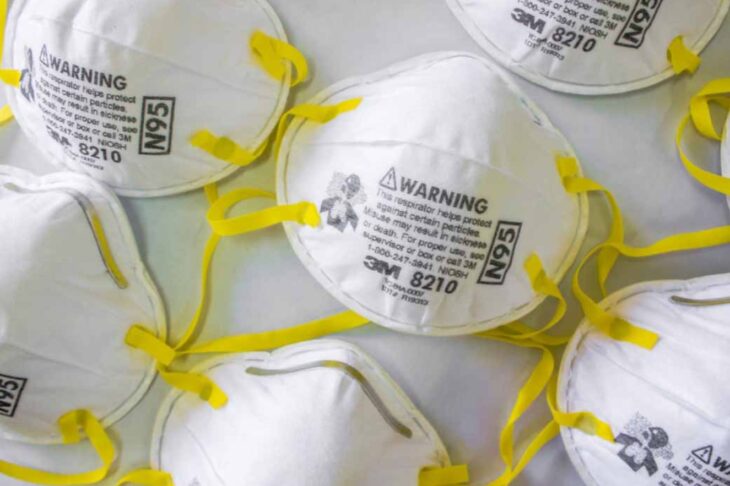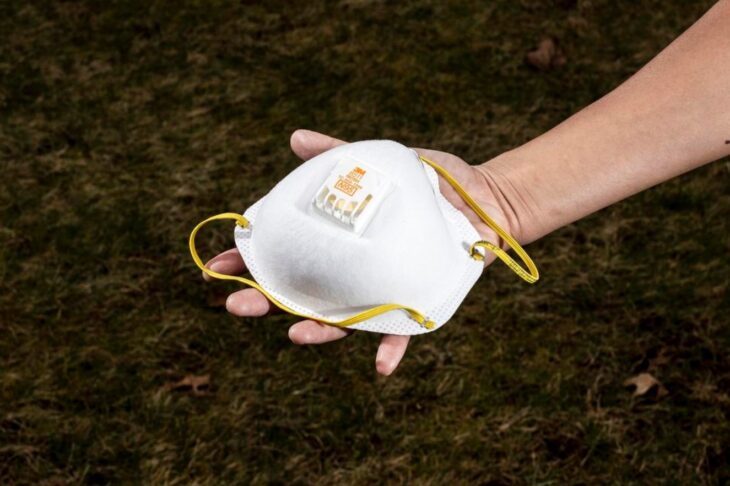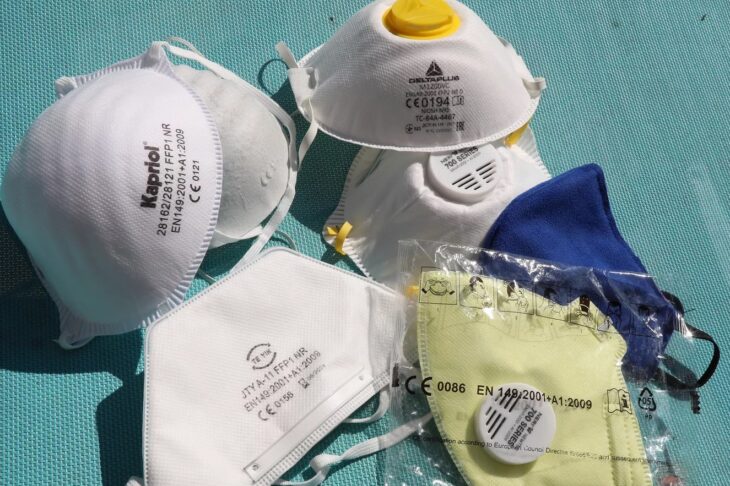Being seen in public with a face covering would have drawn unnecessary attention your way during the early weeks of the year. Fast forward several months later with December just around the corner and face masks have become a common sight.
There are currently many sorts of masks in the market today such as fabric, surgical masks, and respirators such as the KN95 and N95 masks. With Covid-19 infection numbers increasing by the day, some people have been left confused wondering which masks offer them the most protection, can they be reused, and what are their functional capacities?
The Centers for Disease Control and Prevention (CDC) recommends that people use fabric masks. But their simplicity has left a lot of people concerned about how efficient they are in protecting them from getting infected.
There’s also the fact that people are discouraged from buying N95 to avoid causing a shortage since they’re reserved mostly for use for medical workers fighting in the frontline to prevent further spread and loss of life by the novel coronavirus.
This begs the question of just how much protection does an N95 mask offer to its wearer. Read on to find out more about the efficiency of N95 masks, what they are, how they are made, and how they work to prevent the spread of Covid-19. Click here to find your own N95 mask
Contents
N95 Masks: What Are They

Source: KRON4.com
An N95 mask is a type of personal protective equipment (PPE) that was created for industrial uses. Medical N95 masks, however, are single-use face coverings that are designed to cover the face, mouth, and nose by filtering out at least 95% of unsafe particles such as dust, viruses, pollens, and pathogens.
N95 masks are called so because of this incredible ability to block out 95% of liquids or particles that may be present in the air you breathe. An N95 mask has several layers that help to clear the air you breathe both in and out without affecting your breathability. It does not, however, filter gasoline, synthetic gases, or chemical vapor.
Legitimate N95 are approved for use by both the United States Food and Drug Administration (FDA) and the National Institute for Occupational Safety and Health (NIOSH). It’s worth pointing out that since the N95 were first developed for industrial applications, not all N95 masks in the market today are designed for medical use.
In Canada, approved respirators and masks are now available for use for the public because of the ongoing pandemic. The approval process and test procedures were made more lenient by the Government of Canada so that the public can have access to more PPEs.
The Process of Making N95 Masks

Source: Resource Recycling
As highlighted above, a medical N95 mask consists of several layers of nonwoven fabric made from a thermoplastic polymer such as polypropylene. The two most exterior layers of the mask protect the wearer from inhaling and exhaling contaminants. The layers are usually between 20 to 50 grams per square meter and are made through spun bonding.
The process of spun bonding is quite complex. It involves nozzles blowing melted threads of the thermoplastic polymer to layer threads against each other on a conveyor belt. The threads are between 15 to 35 micrometers and are layered to create a kind of cloth. Fibers of the thread are then bonded through chemical or thermal methods.
In between the two layers is a filtration layer and a pre-filtration layer. The pre-filtration layer is often needled nonwoven to enhance its cohesiveness and can be as dense as 250 grams per square meter.
The pre-filtration layer is also thermally-bonded through a hot calendering process that involves running them through high pressure heated rolls that makes the layer thicker and stiffer. It also helps in molding the shape of the mask as well as allowing it to stay in that shape.
The last layer is a polarized electret (or melt-blown) nonwoven material that determines how efficient the filtration process will be. Meltblowing is a somewhat similar process to spun bonding but the fibers involved are less than a micron wide, thus much smaller.
As the material moves along the conveyor belt, the threads cool and bond by themselves to make the fabric. Sometimes the polarized fabric is thermally bonded to increase its abrasion resistance and overall strength.
After this process is complete, converting machinery combines the layers through ultrasonic welding before adding metal strips and ear straps. The last step involves sterilization of the respirators after which they are deemed ready for use.
So How Much Protection Does An N95 Mask Provide

Source: Toronto Star
In truth, N95 masks offer better protection than fabric or surgical masks because they can filter out both small and large respiratory particles from the wearer if worn in the right way.
They are also lightweight, breathable, and comfortable to wear. They are probably the best combination of efficiency and affordability.
The many filtration layers used in making N95 masks make it highly efficient in trapping exhaled and inhaled particles and droplets as small as 0.3 microns in size. Viruses are smaller than 0.3 microns but airborne viruses such as Covid-19 are bigger.
This makes N95 masks highly effective at trapping aerosolized droplets that come as a result of coughing or sneezing.
As a means of establishing surety, these masks are tested for bacteria filtration, biocompatibility, flammability, and fluid resistance by the FDA. However, these masks are not meant for general public use.
Since they are in short supply, experts argue that they should be reserved for healthcare workers and first responders. Healthcare workers are fit-tested for these masks and they are also trained on how to wear and use them for maximum efficiency.
The Best Mask For the Task

Source: Axios
The coronavirus pandemic is still ongoing and with rumors of a ready vaccine still mild, people are being urged to wear face masks while out in public.
If you’re wondering just how much protection N95 masks provide, they are likely to offer the most protection against the coronavirus. Although they are single-use, researchers are working on ways of making N95 masks reusable.
